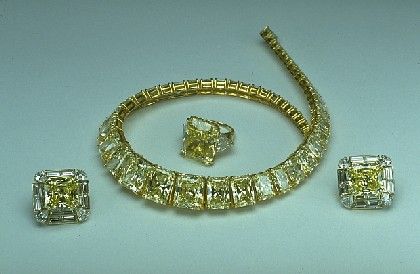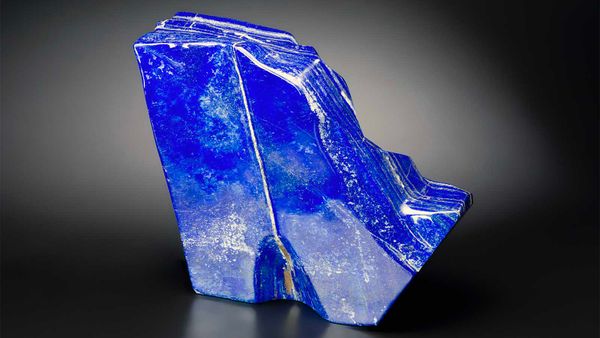
Key Takeaways
- Geologists and gemologists use the Mohs hardness scale to measure the "scratchability" of minerals and gemstones, ranking them based on their ability to scratch or become scratched by other substances.
- To perform the Mohs hardness test, drag one specimen across another to see if it leaves a scratch. This will help you determine which of the two is harder. You don’t need special tools; you can perform this simple test on a kitchen table.
- Diamond, being the hardest mineral on the Mohs scale, can scratch all other minerals, while every other mineral will scratch talc, the softest on the scale.
Diamonds are forever. Whether that holds true symbolically is not for us to say, but diamonds do stand the test of time geologically; they're among the toughest gemstones on Earth.
Just how strong diamonds are was classified using a scale developed in the early 19th century: the Mohs hardness scale. Diamonds rank No. 10 on the scale, meaning they're one of the hardest known substances around.
Advertisement
Advertisement


